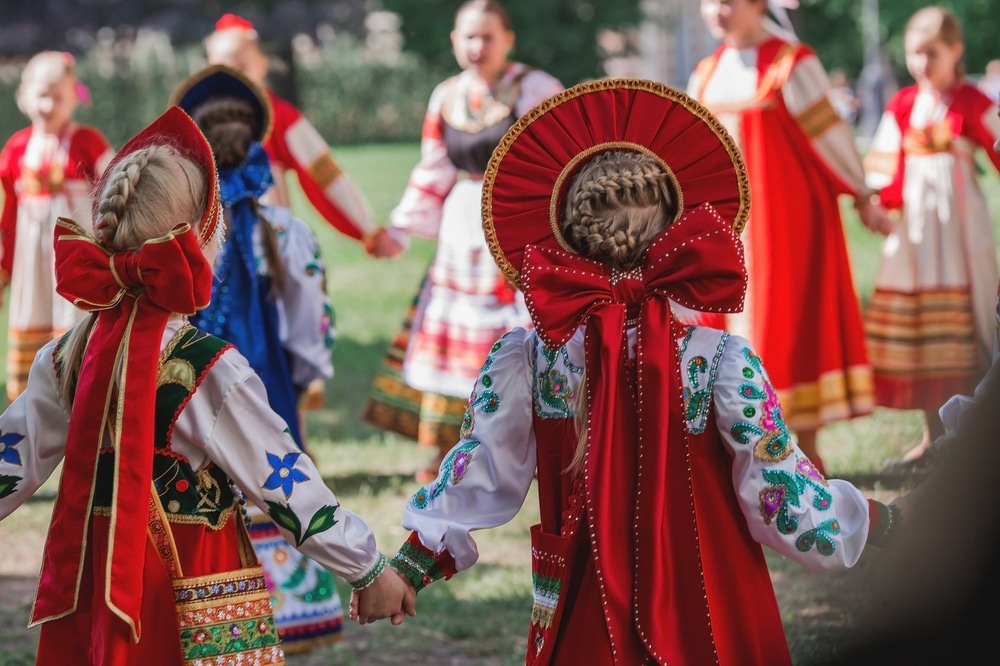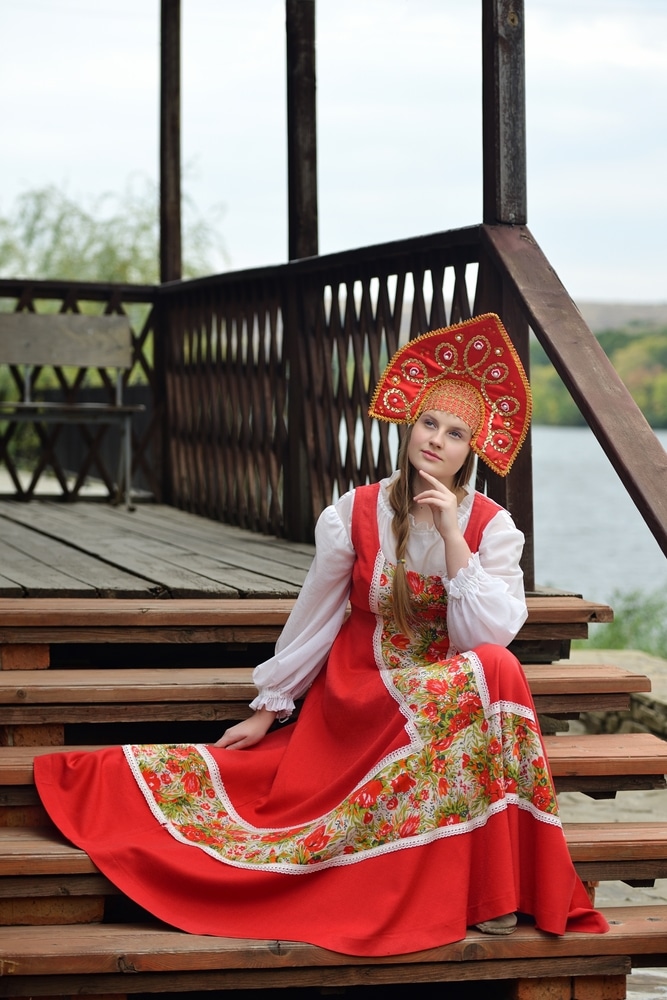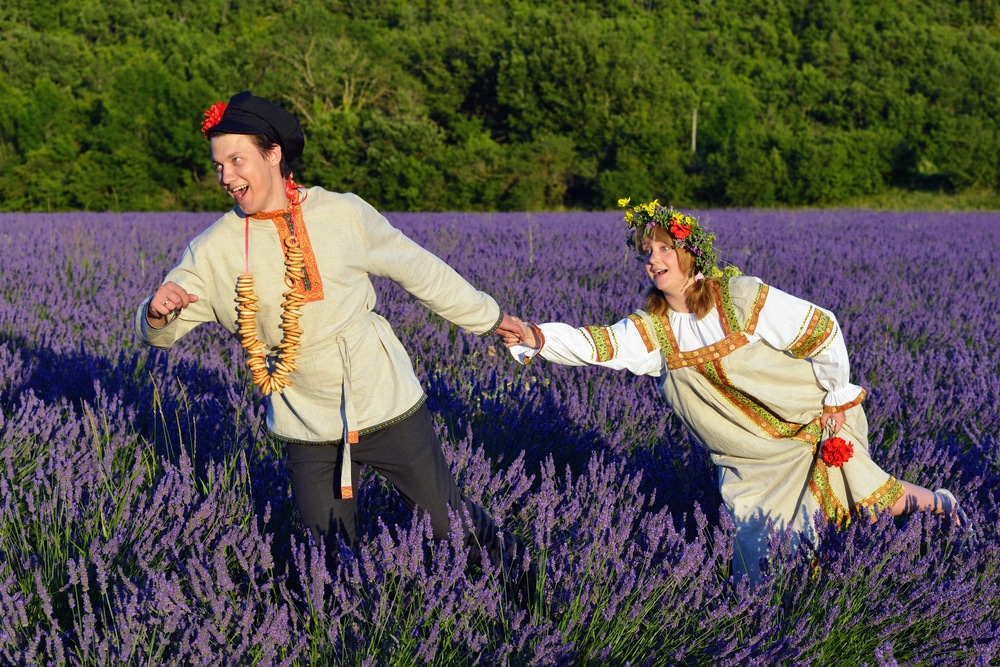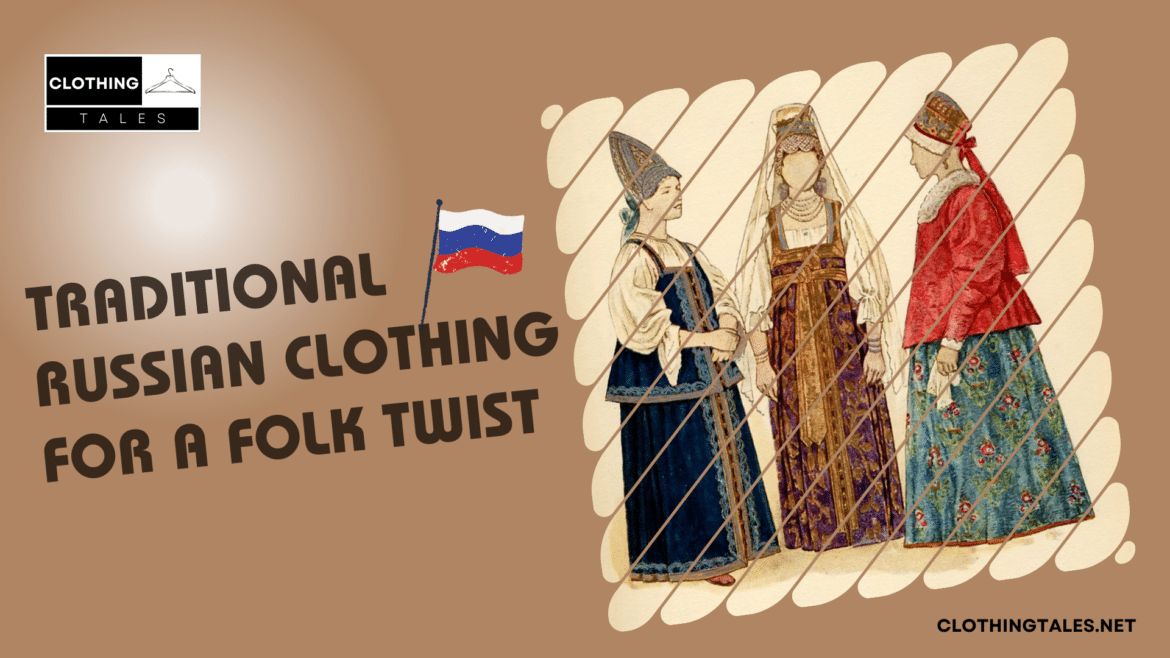Table of Contents
Want to take a trip to Russia? But are you in search of authentic Russian wear? Traditional clothing has always represented a specific nation or country. Whether it’s traditional Mexican clothing or traditional Russian clothing, each defines the essence of its own country. Russia is rich in folk costumes; hence, if you are looking for the perfect traditional clothes in Russia, do not worry. Ahead, we are going to learn interesting facts about the Russian nation and traditional Russian costumes. So, let us begin our trip to Russia.
The Russian Attire
With a richly decorated and embroidered tapestry of traditional Russian attire, enter the fascinating realm of Russian culture. Every article of clothing, from the exquisite 18th-century clothing to the colorful folk costumes worn on special occasions, conveys a deeply cultural and historical tale. Learn about the ageless patterns, the finely woven textiles, and the meaning behind each stitch. You can also examine the progression from Peter the Great’s influence to the timeless looks of peasant women. Let us explore the layers of Russian identity woven into their traditional clothes and extends well beyond the 20th century.

A History of the Russian Traditional Clothing
Russian traditional clothing has a long history; it probably began to take shape when the nation was founded in the 10th or 12th centuries.
- With their complex fabric layers, these clothes displayed regional differences in design and embellishment while preserving an overall appearance.
- However, in the 18th century, traditional dress became illegal in urban areas due to Tsar Peter the Great’s enthusiasm for Western European culture, which caused the elite to start dressing more like Europeans.
- As a result, traditional Russian attire, mostly worn in rural and religious settings, gradually disappeared from daily life.
- Even with this decrease, vestiges of traditional dress can still be found today, though mostly in contexts related to ceremonies and culture.
The rich history and symbolism of Russian clothing serve as constant reminders of the nation’s cultural legacy and add vibrancy to its diverse tapestry of customs.
Traditional Russian Clothing for Males
Traditional Russian men’s clothing was simple and functional, reflecting age, marital status, and social standing. Key garments included;
- Shirts: Tunic-style shirts with low collars and button fastenings. Younger, single men wore longer shirts, while older, married men favored knee-length versions.
- Pants: Slim pants with diamond-shaped inserts for comfort, held up by a rope called a Gashnik.
- Belts and Hats: Essential accessories completing the outfit.
Peasants typically used handmade cotton, linen, or hemp fabrics. By the 1800s, custom-made clothing became common for daily wear, while handmade garments were reserved for special events like funerals. Younger men often dressed in bright, decorative styles, while older men preferred subtle attire.

Traditional Russian Clothing Female
Traditional Russian women’s clothing symbolized age, marital status, and regional origin while offering weather protection. It evolved over centuries but retained its cultural significance until the 18th century. Peasants, however, continued wearing traditional attire, noted for its intricate patterns and layered designs. The key garments include;
Daily Wear: A long cotton shirt with embroidered sleeves and hems, paired with a wool skirt secured by a gashnik and often complemented by an apron.
Sarafans
- Trapezoidal Sarafans: Featured a front seam adorned with buttons or ribbons.
- Deaf Sarafans: Seamless designs with shoulder straps, valued for comfort. Fabrics varied; silk or brocade for formal occasions, cotton or calico for daily use.
Dushegreika: A cardigan worn over sarafans, crafted from simple or elaborate materials.
This clothing reflected both practicality and artistic expression through embroidery and fabric choice.

Wrapping Up
In conclusion, learning about and appreciating traditional Russian clothing reveals a picture woven with cultural value, history, and tradition. Every article of clothing, from aristocrats’ elaborate regalia to peasant people’s simple garb, is a physical representation of Russia’s rich history.
Therefore, when one sees the beauty of traditional Russian clothing, one sees not only fabric but also a rich story that invites them to explore the past and preserve their cultural identity for future generations. Hope you enjoyed our take on the beautiful Russian folk culture and clothing!
SHOW YOUR RUSSIAN GLAM!
